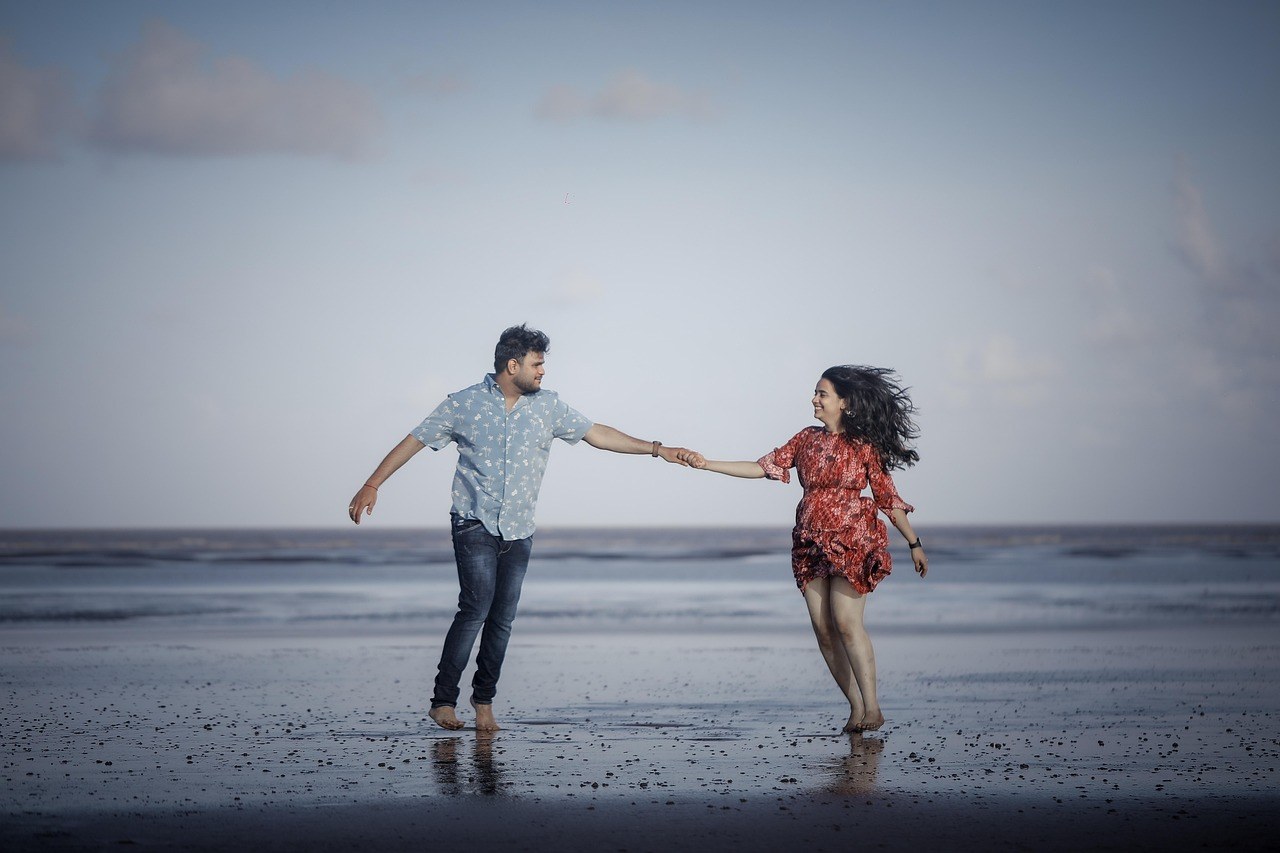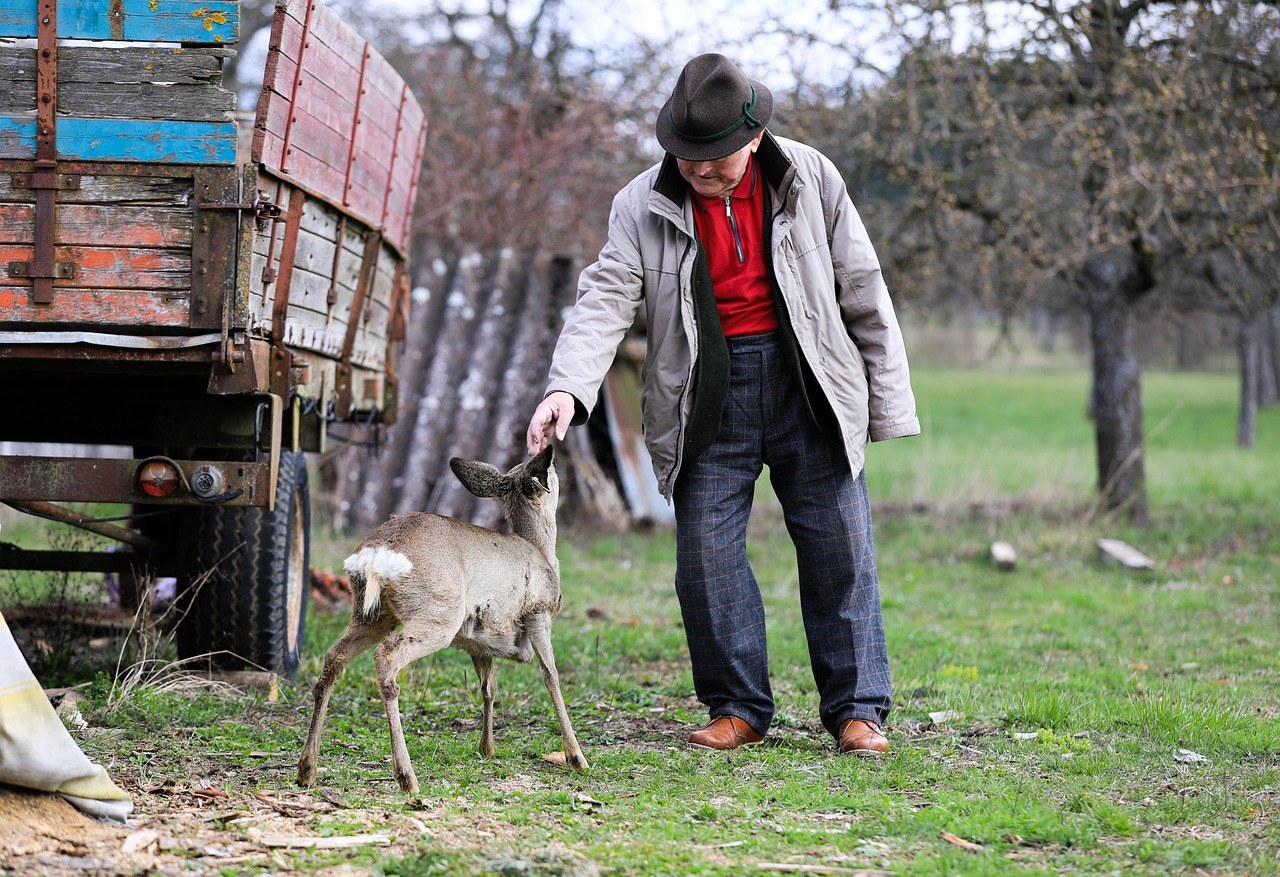Every love story moves through recognizable rhythms – some dazzling, some difficult – and together they form a living map of how two people bond over time. These passages aren’t random mood swings; they’re recurring relationship stages that test chemistry, communication, and the very practical art of choosing each other on ordinary days. Instead of treating each dip or surge as a verdict on your future, think of them as signposts. When you know where you are, you can respond with intention, repair after conflict, and protect what matters most.
What These Phases Reveal
From the first spark to steady partnership, relationship stages shine a light on skills that keep love resilient – listening when it’s hard, calming your own nervous system during a clash, and giving care that actually lands for your partner. A couple can look perfect from a distance and still unravel if their pace of growth diverges. Sometimes it’s not betrayal or drama at all; it’s a quiet misalignment in timing, needs, or readiness for the next step.
When you treat phases like emotional stress tests, you notice patterns rather than isolated incidents. Do small disagreements explode? Do apologies repair or reopen wounds? Are both of you curious about each other’s inner world, or merely defending positions? These answers matter more than any highlight reel. Naming the relationship stages doesn’t lock you into a script – it helps you shift from reactivity to choice.

Why Love Unfolds in Phases
Early bonding is rocket fuel – your brain saturates you with feel-good chemicals, your attention narrows, and ordinary quirks seem charming. That neurochemical boost helps you attach quickly, but it is designed to fade so deeper systems of trust, values, and daily cooperation can take over. The result is a sequence of relationship stages that gradually trades fantasy for reality, infatuation for intimacy, and performance for presence.
Milestones by Months and Turning Points
No timeline is universal. Some pairs glide, others loop back, especially during big life transitions. Use the markers below as guides, not ultimatums – the wisdom lies in what each phase is inviting you to practice.
-
Stage 1: The Infatuation Wave (0-6 months)
The world shrinks to two names in one thread. You text without pause, plan spontaneous evenings, and feel electrified by proximity. You are seeing possibility more than person – filtering for what confirms your hope. Minor annoyances pass like weather. You feel brave, generous, and wonderfully distracted.

This stage is vital because it builds a bridge for attachment, but it isn’t meant to be permanent. Treat it like a launchpad: enjoy the glow while staying curious about the full, complex human beside you. Naming this as one of the relationship stages helps you savor it without assuming it must always feel this way.
-
Stage 2: Deepening and Discovery (6 months-1.5 years)
As the haze lifts, you share more unfiltered life – stress, family dynamics, off days. Vulnerability grows. You start decoding each other’s love languages and sensitivities, noticing what soothes and what spikes anxiety. It’s a shift from performance to authenticity: fewer curated moments, more honest rhythms.
When disagreements appear, the work is to talk rather than tally. Emotional attunement – noticing feelings as they rise and naming them kindly – lays the groundwork for stability. Many couples realize here that the real story is how they handle missteps, not whether missteps occur.

-
Stage 3: Reality Check and Repair (1-3 years)
Habits come into focus – how they manage money, time, mess, and stress. Fights may feel heavier because they brush against hopes for the future. Compatibility questions surface: are you aligned on lifestyle, ambition, rest, and ritual?
Couples who do well in this chapter practice clean conflict – clear requests, specific examples, and follow-through on repairs. They replace mind-reading with curiosity and resist scorekeeping. Seeing this phase as one of the relationship stages reframes it from “we’re failing” to “we’re building muscles we’ll need later.”
-
Stage 4: Expectations Meet Reality (1.5-4 years)
Unspoken assumptions step into the light. Maybe you imagined daily check-ins or fewer late nights; maybe your partner pictured more spontaneous trips or stricter boundaries with extended family. You’re not discovering the “wrong” person – you’re discovering the real one.
The pivot here is acceptance and negotiation. You learn which preferences are flexible and which are part of someone’s core. You don’t abandon your needs, but you stop trying to sculpt your partner into a fantasy. Agreements become explicit, and resentment loses oxygen.
-
Stage 5: The Shaping Conversation (2-5 years)
Influence flows both ways. You nudge each other’s routines, priorities, and communication styles. Done with care, this is collaboration; done with pressure, it becomes control. The goal is interdependence – staying fully yourself while making room for us.
Healthy shaping sounds like: “When we argue late at night, I spiral – can we pause and revisit in the morning?” It does not sound like: “If you loved me, you’d become someone else.” Boundaries, empathy, and concrete plans transform friction into joint problem-solving.
-
Stage 6: Safety and Secure Bonding (3-6 years)
Trust feels sturdy. You know how to de-escalate conflict and how to reconnect afterward. Shared rituals emerge – Sunday breakfasts, a walk after work, the way you reach for each other’s hands in crowded rooms. Big decisions enter the chat: moving in, long-term commitments, planning for the future.
Comfort, however, can slide into autopilot. The antidote is intentional novelty – new questions, small adventures, appreciation spoken out loud. Recognize this as one of the relationship stages where routine and desire must learn to coexist.
-
Stage 7: The Emotional Audit (3-7 years)
Every lasting partnership encounters a sober inventory: Is this still the life we want together? External shifts – jobs, moves, caregiving, children, health – will stress-test the bond. Internal shifts matter too: one of you grows quickly in therapy or career, the other at a different pace.
The healthiest audits are collaborative. You ask brave questions without hunting for breaches. You listen for longings, not just complaints. If you notice drift, you course-correct instead of quietly enduring. This recalibration can renew the contract you keep writing with each other.
-
Stage 8: Sexual Reawakening or Slowdown (anytime after year 1)
The bedroom tells the truth about stress, resentment, and closeness. Desire might surge with novelty or recede under exhaustion. Mismatched libidos, performance anxiety, or unspoken preferences can create distance – not because love is gone, but because the conversation is.
Growth here is curious, pressure-free dialogue: What makes connection feel easy? What interrupts it? How do we invite play back in? This is one of the relationship stages where tenderness and creativity matter more than grand gestures.
-
Stage 9: Comfortable Closeness (4+ years)
You know the shape of each other’s days – the coffee order, the tells of a hard week, the sigh before a story. Predictability is not boredom; it is the stability from which you can explore, rest, and heal. The risk is taking it for granted.
Attention keeps love vivid. You make eye contact across the room, celebrate small wins, and keep shared humor alive. Gratitude spoken regularly turns ordinary moments into proof that you’re still choosing this life together.
-
Stage 10: Conscious Commitment (varies)
Commitment is no longer the ceremony or the lease – it’s a daily practice. You have seen each other in conflict, in doubt, and in growth, and your promise is informed rather than idealized. You invest in shared projects and a shared language for your inner lives.
This phase begins, then begins again – an ongoing decision to show up with care, to repair quickly, and to let love mature instead of demanding it stay in its first costume. Recognizing this as the capstone of the relationship stages underscores that there is no finish line, only stewardship.
How Long Do These Phases Last?
There is no fixed syllabus. The ranges above are rough, and couples often revisit earlier dynamics when stress rises. A move can re-ignite uncertainty; a new routine can restore lightness. What matters is not speed but depth – how fully you practice the skills each phase invites. If you keep circling the same argument, the task isn’t to hurry forward but to learn what that loop is protecting or protesting.
Use the language of relationship stages to orient, not to judge. Ask different questions at different points: “What feels tender here?” “What agreement would lighten this load?” “Where do we need boundaries, and where do we need warmth?” The timeline flexes, but the muscle-building remains the same.
What Actually Helps Love Last
Thriving couples do not avoid conflict, desire dips, or detours. They build repair systems, share values, and protect friendship. Below are core practices that support progress through the relationship stages without eroding trust.
-
Emotional safety and conflict repair
Disagreements are inevitable; contempt is optional. When tempers cool, own your part, ask what would help next time, and make one small behavioral change. Repair is the bridge back to “we.” Over time, consistent repair makes each clash shorter and kinder.
-
Sexual communication that adapts
Frequency is less important than feeling seen. Schedule intimacy if spontaneity has vanished – scheduling romance is still romance. Share turn-ons and turn-offs with gentleness, noticing that desire often follows connection rather than precedes it.
-
Shared values and living plans
You won’t mirror each other, but you do need a compatible compass. Talk openly about career rhythms, rest, finances, family expectations, and the kind of home you want. Clarity reduces friction later, especially during high-stress seasons.
-
Personality synergy
Different isn’t defective. If one partner is methodical and the other spontaneous, design systems that respect both – structured spontaneity is a real thing. The aim is complement, not conversion.
-
Non-toxic, non-abusive dynamics
Love cannot thrive where fear lives. Name and reject manipulation, stonewalling, chronic belittling, and control. Seek safety first – affectionate habits cannot compensate for harmful patterns. Protect your well-being, and if needed, seek support beyond the relationship.
-
Affection and friendship
Romance fades when friendship is malnourished. Keep laughing, keep playing, and keep cheering for each other’s wins. Small gestures – a note in a lunch bag, a hug that lasts a breath longer, a question asked without multitasking – add up to a felt sense of “we’re on the same team.”
Working With Time, Not Against It
The myth says that real love stays permanently magical. The truth is gentler – the spark changes shape. Infatuation becomes intimacy; adrenaline becomes ease; performative charm becomes honest companionship. If butterflies quiet down, it may be because your nervous system finally trusts you are safe here.
Instead of tracking how long you’ve been stuck, ask how far you’ve gone within a phase. Did you learn to pause before you escalate? Did you replace assumptions with questions? Did you shift from “you never” to “when this happens, I feel… and I need…”? These small rewrites redefine the relationship stages as opportunities rather than obstacles.
Putting It All Together
When you recognize where you are on the map, you can choose the next right step. In infatuation, savor and stay curious. In discovery, speak plainly and listen with your whole attention. In reality checks, fight fair and repair quickly. When expectations collide, practice acceptance without abandoning yourself. During shaping, negotiate with respect. In secure bonding, guard against autopilot. In the audit, ask brave questions together. In sexual ebbs, invite play without pressure. In comfortable closeness, keep gratitude audible. In conscious commitment, renew the promise by acting like partners on purpose.
There is no perfect path through the relationship stages – only a practice of noticing, naming, and tending to what the moment asks. Love changes because people change. The work is not to freeze it in its earliest pose but to accompany it as it matures, to keep reaching for each other with clearer eyes and steadier hands.
Love Is an Ongoing Practice
If you’ve walked this roadmap end to end, you already know the punchline: love is not a race, and there is no single finish line. It is made of daily choices – a generous interpretation here, a boundary there, a fresh attempt after a misfire. The more fluently you move through the relationship stages, the more your connection can hold both tenderness and truth. Stay curious. Stay kind. Keep choosing, not because it is always easy, but because it is deeply worthwhile.